Beach safety should always be a top priority as you prepare for your upcoming trip. We’ll cover everything from understanding typical beach risks like rip currents and marine life dangers to learning about essential safety equipment and emergency procedures. Common sense tips should make your beach experience safe, enjoyable, and fun.
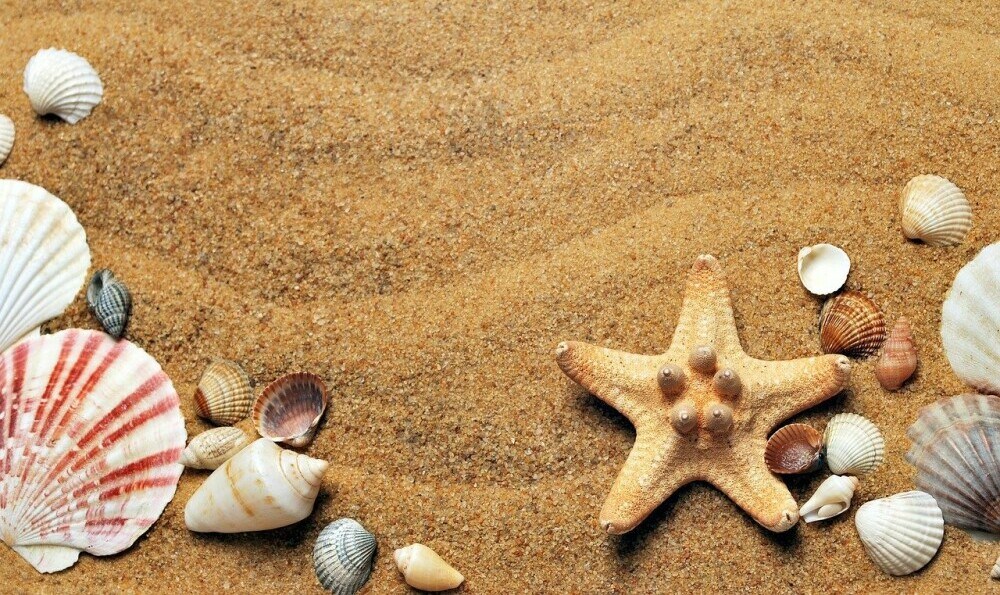
Understanding Beach Hazards
Understanding these dangers is the first step towards ensuring a safe and enjoyable seaside experience. From the treacherous pull of rip currents to the unexpected encounters with hazardous marine life, knowing what to look for can make all the difference in beach safety. Let’s dig into these beach hazards and equip ourselves with the knowledge to navigate the waters confidently and cautiously.
Observing potential dangers lurking beneath the surface is the first step to a safe and enjoyable visit. This includes avoiding encounters with marine animals or rip currents. Understanding these hazards and gaining the necessary information will help you to navigate the waters safely.
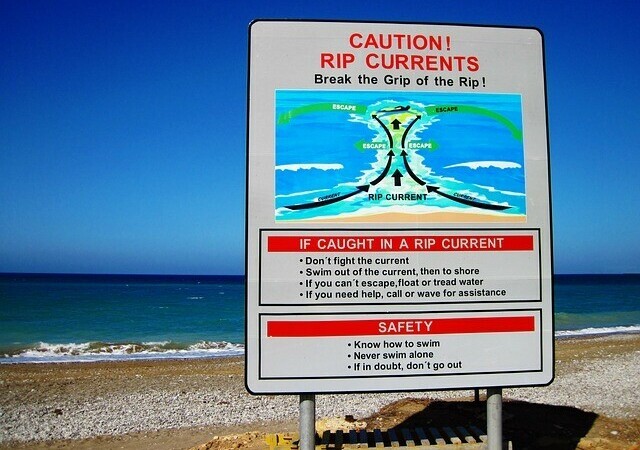 can
can
Beach Safety and Rip Currents
Strong, swift currents known as rip currents can pull even the most experienced swimmers away from the shore. They are responsible for most beach rescues, accounting for approximately 80% of all surf beach rescues worldwide. (find link)
Look for areas of churning, discoloured water, foam, debris, or seaweed moving steadily seaward to identify rip currents. Watch for variations in the colour of the water or breaks in the wave pattern
Stay calm if you find yourself in a rip current. Once you are free of the current’s hold, swim parallel to the shore and swim to land at an angle. Never put your safety last and never underestimate the power of rip currents.
Identifying Hazardous Marine Life
If you are not careful, encounters with dangerous marine life can hinder your beach safety. Jellyfish, stingrays, and sea urchins are frequently responsible for beach-related injuries.
Jellyfish stings affect millions of people annually worldwide, with some species producing deadly stings that require immediate medical attention. Jellyfish have translucent or colourful bell-shaped bodies floating in the water.
Stingrays, known for their flattened bodies and long tails, often bury themselves in the sand, so shuffle your feet when wading to avoid stepping on them.
Sea urchins, with their prickly shells, are typically found in rocky environments; if punctured by one, the wound can bleed profusely.
By being careful and knowing how to spot these dangerous marine creatures, you can reduce the risk of unpleasant encounters and enjoy your beach time without concerns.
Essential Beach Safety Precautions
For beach safety, being proactive is key to guaranteeing a worry-free day at the beach. You can reduce dangers and enjoy the sun, sand, and surf by taking the necessary safety measures.
These measures include selecting the safest swimming areas near lifeguard stations and protecting your skin from damaging UV rays. They are intended to keep you safe and sound during your beach adventures.
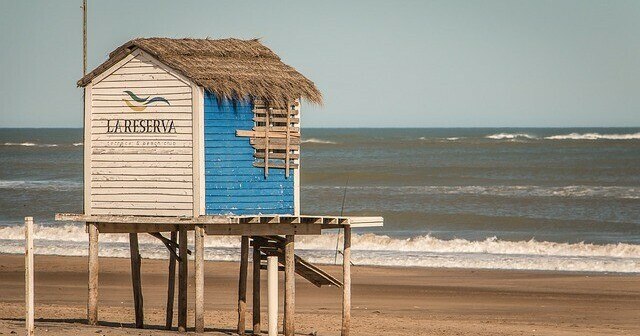
Swimming Near Lifeguard Stations
When swimming at the beach, staying close to lifeguard stations greatly increases beach safety. According to research, there are fewer drowning incidents at beaches with lifeguards than at those without. Lifeguards are qualified to recognize possible risks, such as rip currents or dangerous marine animals, and can respond quickly to emergencies.
Choose swimming places inside the lifeguard-approved zones (indicated by flags or signs). Never forget that lifeguards are there to assist you, so don’t be afraid to approach them if you need help in the water or have any worries.
If you swim near a lifeguard station, you may enjoy the water even more knowing that qualified experts are watching out for you.
Sun Safety Measures
Shield your skin from the sun’s damaging rays for a fun and safe beach experience. Did you know skin cancer risk increases with continuous exposure to ultraviolet (UV) radiation? Follow sun safety precautions anytime you’re outside in the sun.
Sunscreen: Use a broad-spectrum sunscreen with at least 30 SPF. Reapply every two hours, or more frequently if swimming or sweating.
Choose cooler hours: Look for shade during the hottest parts of the day, 10 a.m. to 4 p.m.
Clothing: Dress accordingly with broad-brimmed hats and UV-blocking sunglasses.
Enjoy the beach while lowering your risk of sunburn and long-term skin damage and follow these sun protection guidelines.
Beach Safety Gear and Equipment
Ensuring your beach safety goes beyond just awareness and preventative measures. The appropriate safety gear and equipment can make a big difference in emergencies. Possessing the right tools will improve your readiness and ability to handle unforeseen difficulties.
Here we will discuss the importance of safety equipment and gear, such as sunscreen and life jackets, and how they make your experience at the beach safer and more enjoyable.
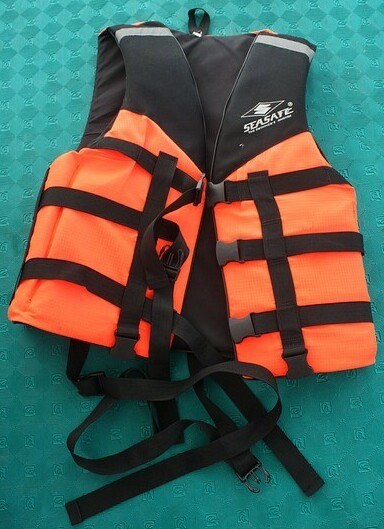
Importance of Life Jackets for Beach Safety
Life jackets are essential safety gear that can save lives in water. Studies show that wearing a life jacket significantly reduces the risk of drowning, especially for non-swimmers or less-than-proficient swimmers.
Even if you’re a great swimmer, wearing a correctly fitted life jacket when enjoying water sports like swimming, boating, or snorkelling, is essential. A life jacket gives you buoyancy and keeps you floating in the event of an unplanned fall into the water or facing strong currents. This can buy you valuable time for rescue or self-recovery.
Regardless of your swimming ability, always wear a life jacket when engaging in water sports or activities—it’s better to be safe than sorry.
Choosing the Right Sunscreen
Choose the right sunscreen to provide effective sun protection when visiting beaches. Buy a broad-spectrum sunscreen with an SPF of 30 or greater that offers protection from UVA and UVB radiation.
Ensure the sunscreen is water-resistant. Water-resistant sunscreens offer better protection during water activities. Reapply as often as needed or by following the product’s directions.
Finally, be sure the sunscreen ingredients listed are appropriate for your skin type and any allergies you have.
By choosing the right sunscreen and applying it correctly, you can enjoy the sun safely and reduce sunburn and skin damage.
Emergency Protocols for Beach Safety
Although nobody likes to think about emergencies, it’s important to be ready for them, particularly at the beach. Knowing the appropriate emergency procedures can make a difference between minor and life-threatening situations.
Here, we will discuss procedures for beach emergencies such as jellyfish stings or minor injuries. Know how to protect yourself and others by staying calm in unforeseen circumstances.
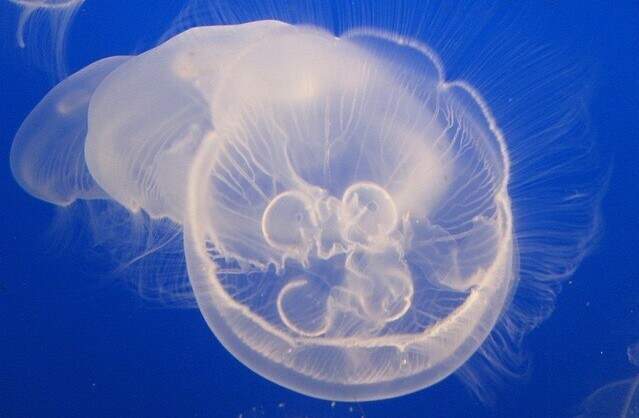
What to Do in Case of a Jellyfish Sting
Although getting stung by a jellyfish is not much fun, preparing for the situation can help minimize pain and prevent further complications.
Clean affected area: Rinse the afflicted area with vinegar after a jellyfish sting to counteract toxins and deactivate lingering stingers. Avoid rubbing the area as this can worsen the sting.
Remove any tentacles: After rinsing with vinegar, use tweezers or gloves and carefully remove any remaining tentacles. Avoid coming into contact with the stingers.
Soak the area: After removing the tentacles, soak the affected area for 20 to 30 minutes in hot water (not scalding) to help with pain and reduce swelling.
If symptoms worsen or persist longer than expected, get medical attention immediately. Receiving prompt and appropriate treatment can greatly affect the healing process after a jellyfish sting.
First Aid for Minor Injuries
While minor injuries at the beach are not uncommon, understanding how to provide first aid can prevent them from getting worse.
Cuts and scrapes: Thoroughly rinse the wound with clean water and gently pat dry with a clean cloth. To prevent infection, apply an antiseptic ointment and wrap the wound with a sterile bandage.
Splinter: Use clean tweezers to gently remove the splinter from the skin’s surface and be careful not to push it deeper.
Minor burns: Use a cold compress or cool water on the affected area to relieve discomfort and minimize swelling. Ice should not be used directly on a burn as this could damage the skin further.
Get medical help immediately if any of these injuries worsen or persist. Learning how to administer first aid for minor injuries ensures you and those around you can have a safe and happy beach vacation.
Environmental Awareness
Besides your safety, be aware of the environment and preserve the natural beauty and health. This is important for future generations to enjoy
Environmental awareness is important. Here, we will discuss how your small actions can protect beach ecosystems. You can enjoy yourself and be a responsible citizen, from protecting wildlife habitats to following the Leave No Trace philosophy.
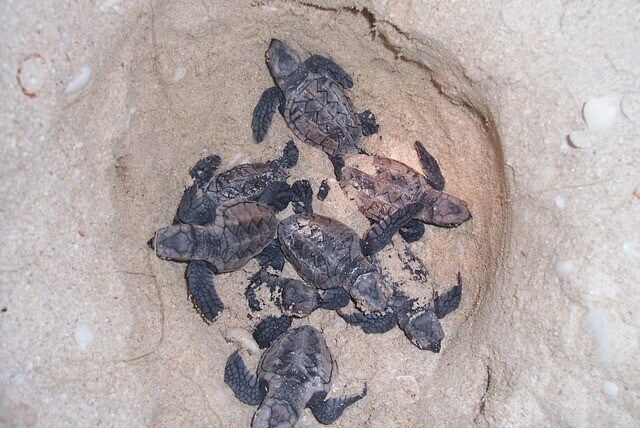
Protecting Beach Wildlife
The delicate balance of coastal ecosystems depends heavily on beach wildlife, but human activity can threaten their survival.
Follow signs: Sea turtle and bird nesting locations are roped off or designated with signs to safeguard beach wildlife.
No feeding: Do not feed the wildlife and stay a safe distance from them. Human food can alter their natural diet and behaviour.
Get rid of waste: Dispose of waste properly and pick up any litter on the beach. Plastic and other debris can entangle or eat marine life.
You can ensure the survival of beach wildlife and their habitats by showing respect and supporting the general well-being of coastal ecosystems
Leave No Trace Principle
Following the Leave No Trace principles is essential for minimizing our environmental impact and preserving the natural beauty of beaches.
Pack appropriately: Start planning and preparing for your beach trip, packing reusable items and minimizing single-use plastics.
Stay on trails: Staying on approved routes and avoiding trampling the delicate dune vegetation is a great way to enjoy the beach while preventing erosion and protecting habitats.
Dispose of waste: Use the designated trash cans or carry out what you bring and properly dispose of any waste.
Campfire impacts: When leaving a campfire, make sure it is completely extinguished. Use portable stoves or the fire rings that are already there
Be considerate: Minimize noise pollution and show consideration for other beachgoers and wildlife by giving them space.
By following Leave No Trace principles, you can enjoy the beach responsibly while preserving its natural beauty for future generations.
Conclusion
When you plan your next vacation, remember environmental responsibility and beach safety go hand in hand. You can ensure a happy and worry-free beach vacation by being aware of dangers, adopting necessary safety procedures, and being ready for emergencies.
Safeguarding beach wildlife and upholding the Leave No Trace philosophy, helps to ensure that our coastal habitats remain beautiful for future generations.
Whether relaxing in the sun, splashing in the waves, or exploring tidal pools, stay safe, respect the environment, and enjoy your beach adventure. With these sensible tips, you’re ready to make unforgettable memories at the beach.


Excellent article Mary Ann. Thanks
Thanks so much for stopping by, Elizabeth. Beach safety is so important.